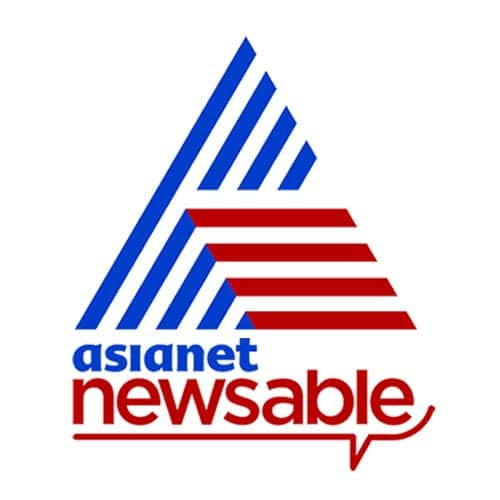synopsis
The SAG-AFTRA strike, involving actors and the Writers Guild, demanded fair wages and AI safeguards. After 118 days, a tentative deal was reached, ending the $6.5 billion, 45,000 job loss saga
The SAG-AFTRA Strike: Unraveling the Twists and Turns
In Hollywood, a significant event unfolded that brought the entertainment industry to a grinding halt - the SAG-AFTRA strike, which even saw the participation of the Writers Guild. This strike marked a pivotal moment in the history of the industry. Let's delve into the details of this strike, from its origins to the recent tentative deal.
What Sparked the Strike?
Under the banner of SAG-AFTRA, actors demanded fair wages, bonuses that aligned with the industry's success, and safeguards against the use of artificial intelligence in entertainment. As negotiations unfolded, guild members had to navigate the complexities of the industry.
The Duration of the Strike
The strike endured for a grueling 118 days, bringing Hollywood to a near standstill. The official end to the strike came on November 9, raising hopes for a return to normalcy.
Rejected Proposals and Escalating Drama
The strike's intensity heightened as the guild responded to the studios' counteroffers with a self-proclaimed "historic" package. Studio leaders, representing companies like Paramount and Amazon, played a pivotal role in the negotiations, presenting the Alliance of Motion Picture and Television Producers' (AMPTP) offer.
Deadlines and Ultimatums
Negotiations were riddled with deadlines and ultimatums. A critical moment arrived when the AMPTP issued a midday ultimatum to SAG-AFTRA, urging them to reach a deal by 5 p.m. PT or risk severe damage to the broadcast season and the 2024 summer movie slate. This further heightened the stakes of the negotiations.
The Tentative Agreement
Amidst these high-stakes negotiations, a tentative agreement was reached. The guild's negotiating committee, consisting of 17 members, unanimously voted to recommend this tentative agreement to the SAG-AFTRA board. However, the specific details of the deal have yet to be revealed and will become public when presented to the board.
The Aftermath and Industry Impact
The aftermath of the strike revealed staggering figures: an estimated cost of over $6.5 billion for the six months of Hollywood strikes and the loss of 45,000 jobs within the entertainment industry.
A Timeline of the Strike
- The strike commenced on July 14, with both SAG-AFTRA and the Writers Guild participating.
- The first official face-to-face talks between the Guild and the studios took place 80 days later on October 2.
- Despite initial optimism and momentum from the Writers Guild deal, negotiations hit a roadblock on October 11 when the AMPTP left early.
- Subsequent days were marked by accusations, blame games, and complex negotiations.
- A bid by influential figures, including George Clooney, to intervene and restart talks ultimately proved unsuccessful.
- The strike's 100th day brought a turning point as SAG-AFTRA and the AMPTP returned to the bargaining table on October 24.
- On October 25, the guild requested to review the studios' proposal, and face-to-face meetings occurred on October 26.
- Negotiator Duncan Crabtree-Ireland expressed cautious optimism, setting the stage for further deliberations.
- Throughout this process, open letters from guild members, both supportive and impatient, circulated as the AMPTP and SAG-AFTRA's negotiating committee actively engaged on October 27.
Revisiting the Timeline
The strike commenced on July 14 as the actors' union joined forces with the Writers Guild on the picket lines. However, a significant shift occurred post-Labor Day. The Writers Guild, after five months on the picket lines and five intense days of deliberations, reached a deal with the AMPTP on September 24. The strike officially concluded at 12:01 a.m. PT on September 27, as WGA members ratified the deal on October 9. The SAG-AFTRA strike, meanwhile, officially ended on November 9.
)
 subscribe to Asianet News Whatsapp channel by clicking here.
subscribe to Asianet News Whatsapp channel by clicking here.